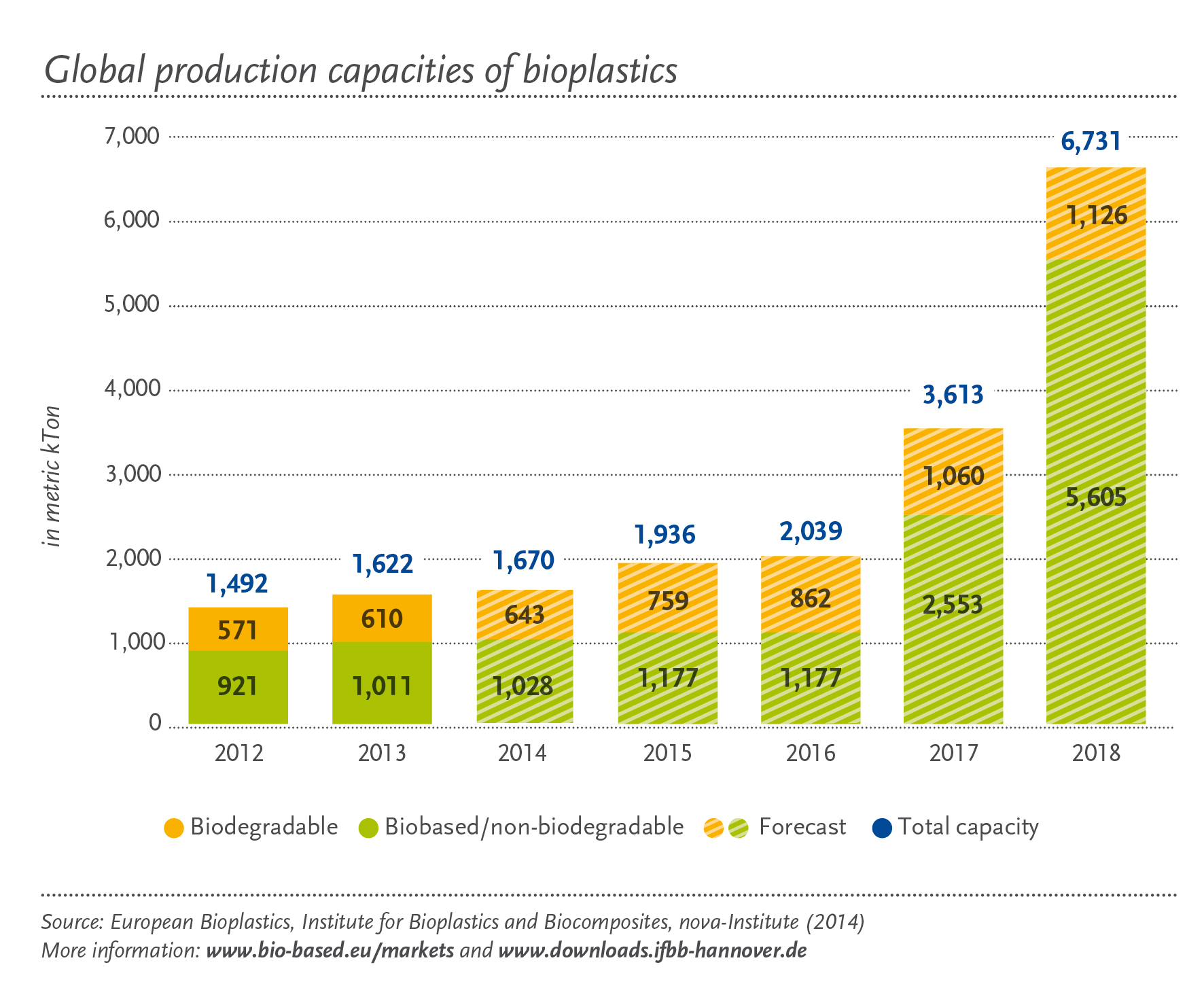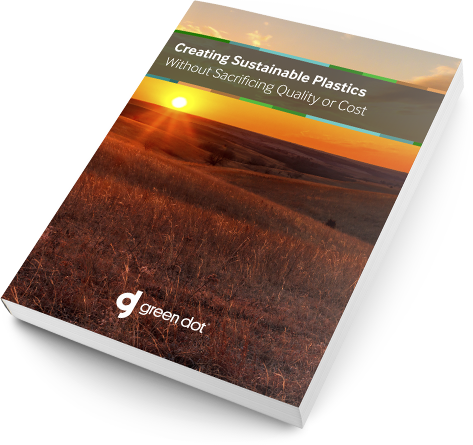Future of Sustainable Plastics
Today, bioplastics make up less than 2% of the total plastics market. But demand among retailers and consumers for products and packaging made with sustainable plastics continues to grow. A recently published market study predicts, global production of bioplastics to quadruple by 2018.
The major forces driving this rapid expansion are higher consumer acceptance, danger posed by climate change, and the increasing economic and environmental cost of our dependence on fossil resources. Bioplastics and biocomposites can provide solutions to help companies stay competitive and meet rising consumer expectations, by delivering more sustainable products that don’t sacrifice on quality or value.

To capitalize on the booming preference for sustainable products, product designers and manufacturers are seeking alternatives to traditional petroleum-based plastics. Innovative new plastics made with renewable, compostable, reclaimed or recycled materials can now be easily substituted for many traditional plastics. These materials can produce high quality, cost competitive products with a lighter environmental footprint.
To be clear, there is no such thing as a 100% sustainable plastic (or any other material). There will always be resources consumed in manufacturing and transportation. But, incremental improvements in the production of more sustainable plastics can have a significant positive impact on our environment and enhance the prospect of a sustainable future.
The future will see a wide range of renewable, reclaimed and compostable materials replace traditional, petroleum-based plastics (a movement that’s already well underway). In our own lifetimes we may look back on twentieth century petroleum-based plastics and see them as antiquated and irresponsible, a serious misallocation of our precious non-renewable resources.
The introduction of new, innovative materials to manufacturers and consumers offers an opportunity for producers to more closely align with the growing consumer demand for products that won’t endanger the planet. Bioplastics and biocomposite plastics respond to this demand in the form of the products consumers need and use everyday. They represent the opportunity for plastics to become a part of the solution, rather than a challenge to sustainability.
Bioplastic and biocomposite materials can help make your products more sustainable. Choosing the right materials partner can ensure that your products are a success. These partnerships will help producers to meet the growing demand for plastic products that are not only better for the planet – but also are safer, perform better and last longer. Helping companies make products that allow consumers to contribute to a more sustainable world is what we do at Green Dot.
For more information on sustainable plastics past, present and future, download our white paper “Creating Sustainable Plastics” through the link below.

Creating a more sustainable plastic
Learn how we’re meeting demand for more sustainable goods without sacrificing quality or cost.


